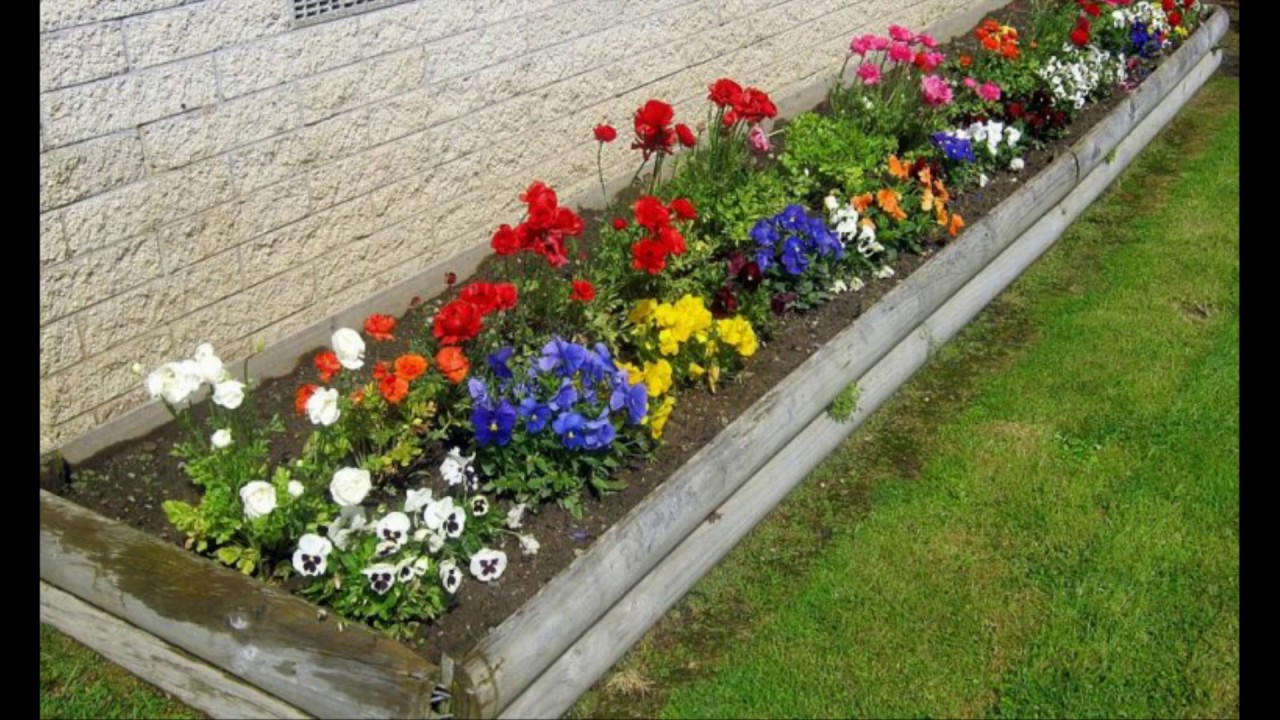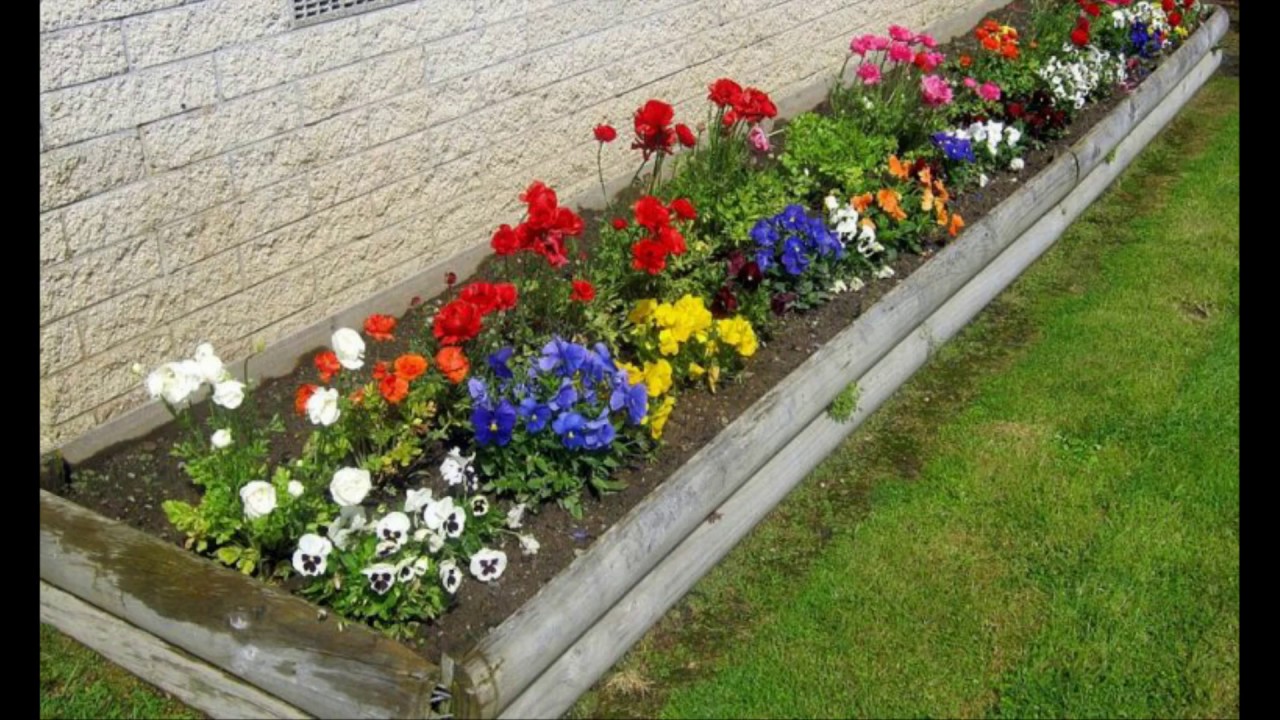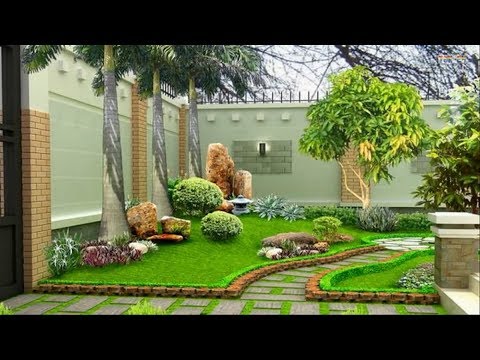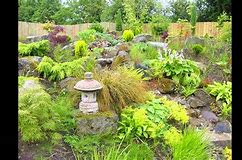One of the first things one learns when starting to toil with the earth is that sunlight, that precious golden gift from the sky, is the lifeline of our plants. But just like we need our moments in the shade, so do our green companions. Let’s get into understanding your garden space, evaluating sunlight, and shade.
The Radiant Importance of Sunlight for Plants
Every living thing on this Earth requires energy to thrive, and for our plants, sunlight is that primary source. Through a the process called photosynthesis, plants convert sunlight into energy, powering their growth. The sun’s rays help plants produce the food they need, utilizing the light to convert carbon dioxide and water into glucose.
It’s quite fascinating, really. Without sufficient light, a plant can become “leggy,” stretching out excessively in search of that precious sunlight, often resulting in weak and spindly growth. On the other hand, too much direct sunlight can scorch and harm certain plants. Balance, as in life, is the key.
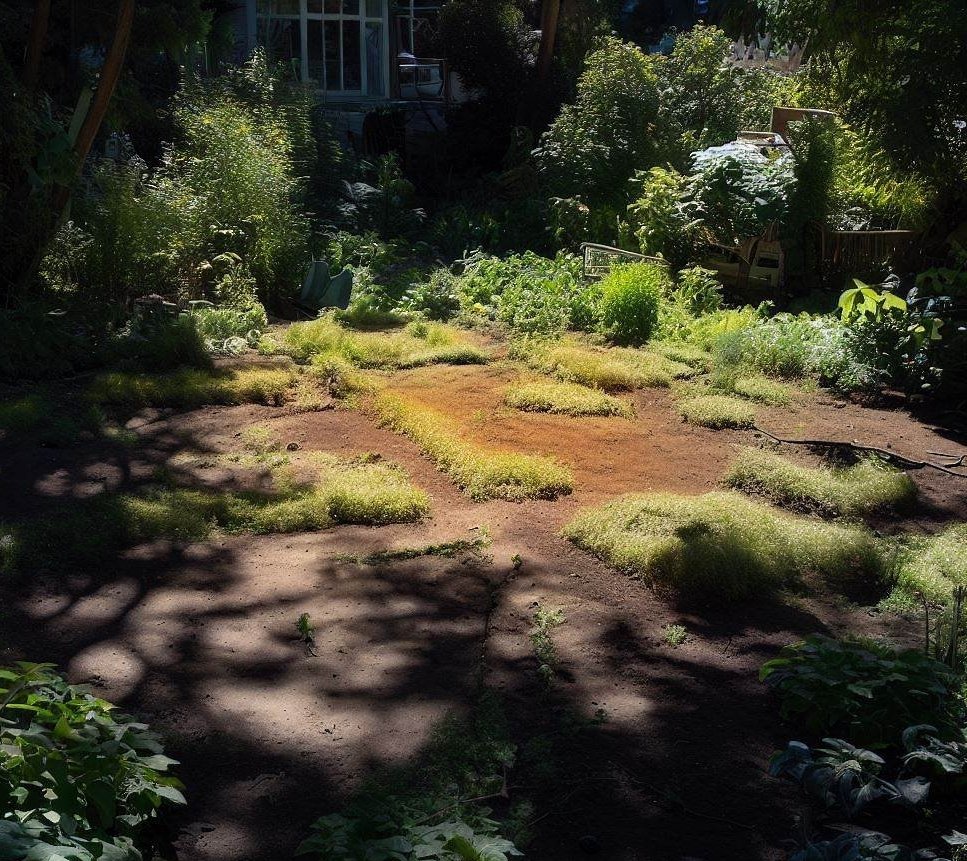
Deciphering the Dance of Sun and Shade in Your Backyard
Now, to make the most out of your garden space, it’s essential to determine which parts of your backyard receive full sunlight and which areas are shaded. Here’s a bit of old-time advice on how to do just that:
1. Observational Stroll: Begin by taking a leisurely walk in your garden at different times of the day. Early morning, midday, and late afternoon are prime times. Equip yourself with a notebook, jotting down which areas are bathed in sunlight and which remain in the shade.

2. Sun Mapping: For a more systematic approach, create a rough sketch of your garden space. Visit every hour or so, marking the sunny and shaded areas. By day’s end, you’ll have a clear sun map, showcasing where and when the sunlight falls.
3. Use Technology: If you’re inclined to use a touch of modern magic, there are various gardening apps and tools available that can help you track sunlight and shade patterns.
Choosing Plants Based on Sunlight Needs
Now, here comes the fun part. Once you’ve got a good grasp of the sun and shade dance in your backyard, it’s time to select plants that’ll thrive in those conditions. Remember, not all plants are created equal, and each has its preference for sunlight.
1. Full Sun Plants: These are the sunbathers of the plant world. They thrive with at least six hours of direct sunlight each day. Vegetables like tomatoes, peppers, and cucumbers are sun-lovers. Many flowering plants, such as sunflowers and marigolds, also fall into this category. If you’ve got a sunny patch, these plants will revel in it.
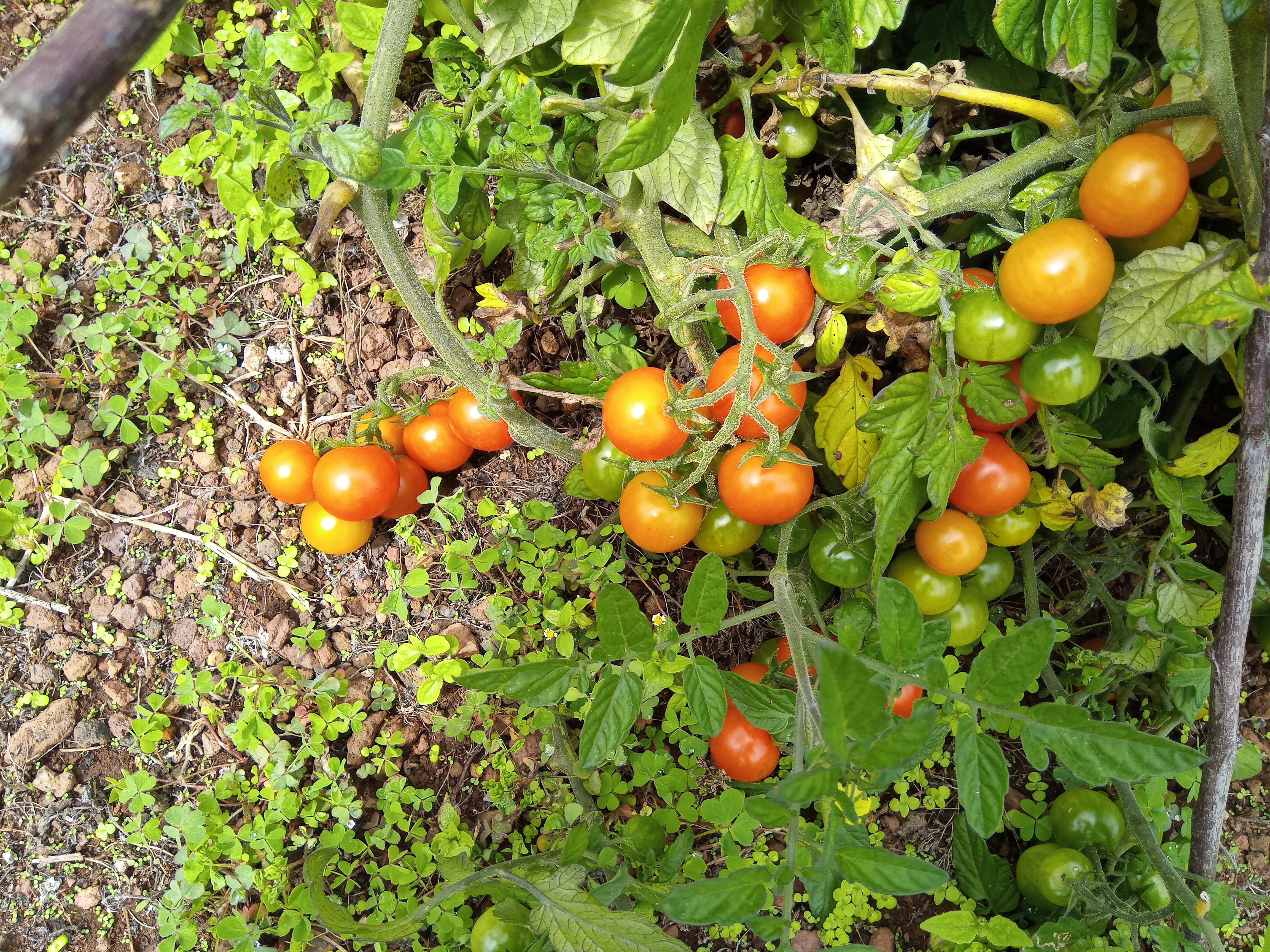
2. Partial Sun/Shade Plants: These plants prefer a mix – about 3 to 6 hours of sun each day, preferably in the cooler hours of the morning and early afternoon. Many herbs, like cilantro and parsley, as well as plants like impatiens and begonias, fit this bill. They enjoy their dose of sunlight but appreciate a break.
3. Full Shade Plants: Don’t be mistaken; no plant can live in complete darkness. However, full shade plants can thrive with less than 3 hours of direct sunlight, mostly diffused light. Hostas, ferns, and some ground covers like ivy prefer these cooler, shaded spots.
Evaluating Garden Characteristics
Beyond sunlight and shade, when you’re assessing your garden, pay heed to other characteristics:
1. Soil Type: From sandy to loamy to clayey, understanding your soil type is vital. It influences water retention, aeration, and the nutrients available for your plants.
2. Moisture Levels: Some areas in your garden might retain water better than others. Plants have varying water needs, so place them accordingly.
3. Wind Patterns: Keep in mind the typical wind patterns in your region. Some plants, especially taller ones or those with delicate blooms, might require protection from strong winds.
4. Wildlife and Pests: Notice any frequent visitors? Some areas might be more prone to critters. While they’re part of nature’s charm, you might need to take precautions.
In the end, understanding your garden space is about building a connection with the land. It’s about listening, observing, and then acting in harmony with nature. With some patience, a little effort, and the radiant sunlight guiding you, your garden will soon be a testament to the magic of nature and the rewards of dedication. Happy gardening!



